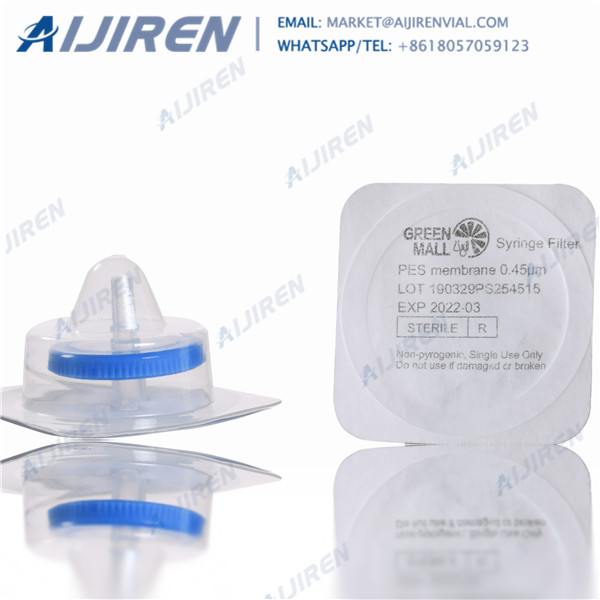
Nylon and PTFE (Teflon) membranes have broad chemical compatibility and can be used to filter most HPLC and GC fluids/solvents. PTFE can also be used to filter air or gases. Nylon is good for DMSO. PES and CA/SFCA membranes are compatible with non-alcoholic aqueous solutions and
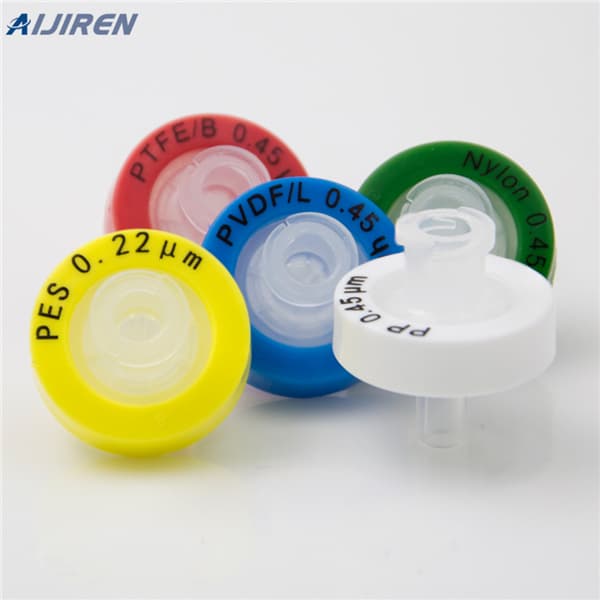
Chemical Compatibility. PES membranes were exposed to the following chemicals for 48 hours. If there was no significant change in the bubble point, strength or appearance of the membrane, it was judged compatible with the chemical. If the membrane dissolved, or otherwise lost its strength, or changed significantly in appearance, it was rated
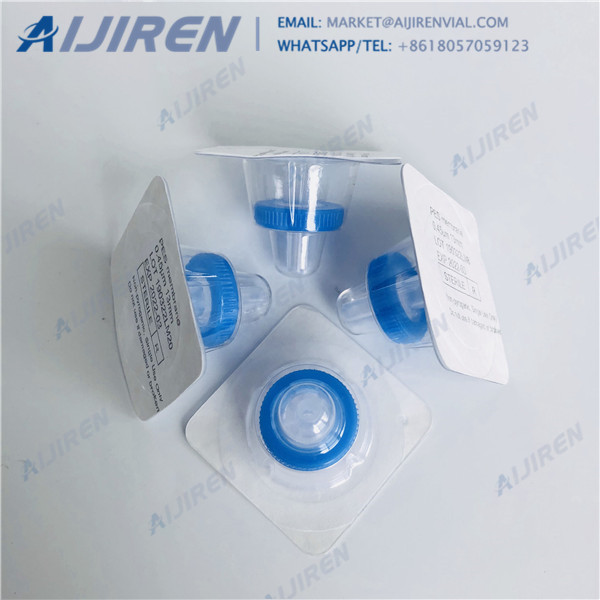
With high concentration salts use titanium filters –P/N: 700005378 (SOLVENT FILTERS, Ti, 7pk) When contamination is suspected, can be washed –Backflush with 70% organic solvent (IPA, EtOH or MeOH) in water –10 ml at minimum, with a syringe (luer-lock) Regular (SS) solvent filters –P/N 700003615 (Filter, Solvent Bottle, SS, PKG 1)
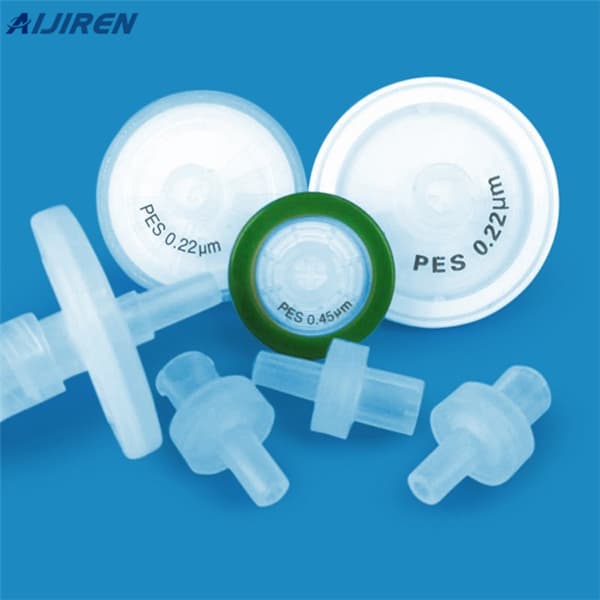
Syringe Filters Solvent Compatibility Chart 1 Protect any analytical system. 2 Extend LC column lifetime. 3 Achieve more reproducible analyses. 4 Variety of membranes, porosities, and diameters available. 5 Luer lock inlet provides strong, leak-tight syringe connection to withstand filtration pressure.
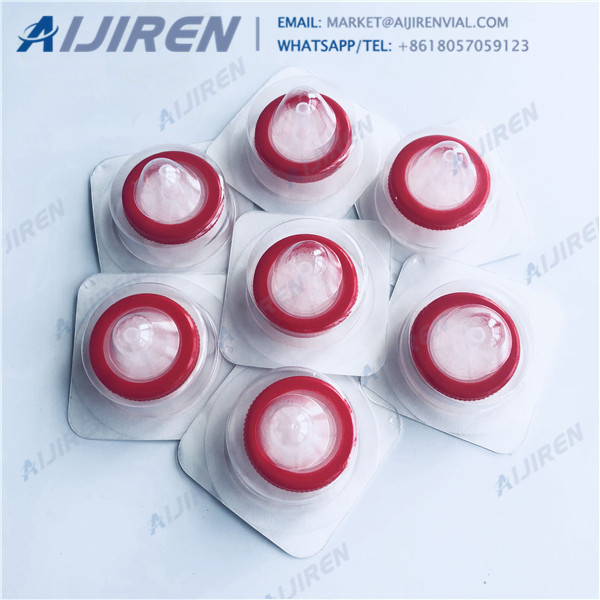
MS wwPTFE (Water Wettable Polytetrafluoroethylene) LC-MS certified filter with extremely low levels of extractables. Hydrophilic polypropylene membrane offers excellent chemical compatibility. Suitable for aqueous and organic solvents. LC-MS certified Minimize interference in your LC-MS results with the MS wwPTFE syringe filter.
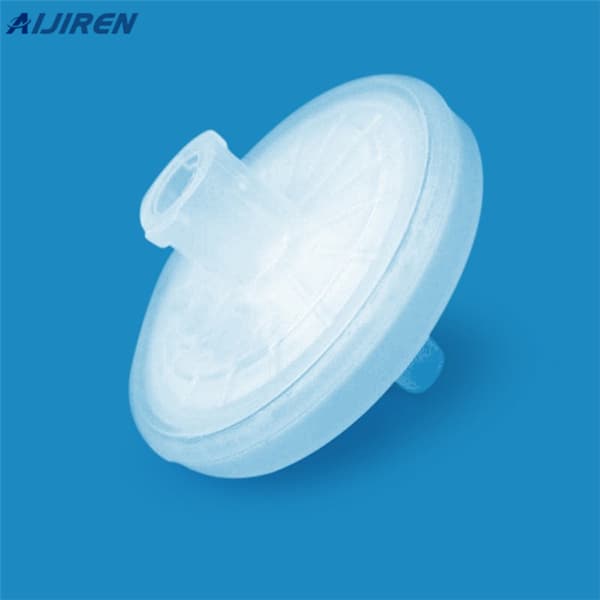
Acrodisc® syringe filters PTFE membrane, diam. 25 mm, pore size 1.0 μm; find -Z259926 MSDS, related peer-reviewed papers, technical documents, similar products & more at Sigma-Aldrich
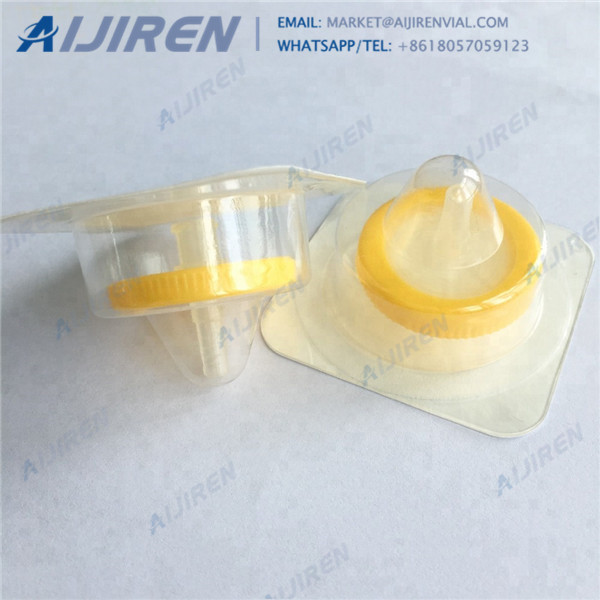
PTFE (Teflon) Membrane Filters PTFE (Polytetrafluorethylene). The hydrophobic nature of teflon and its broad chemical compatibility make it the filter of choice for filtration of air and gases, for use as vents and for clarification of acids, bases and solvents.
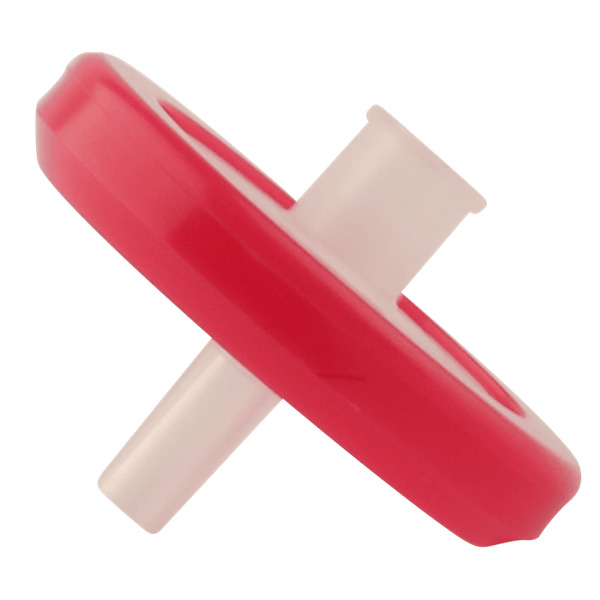
PTFE (Teflon) Membrane Filters. PTFE (Polytetrafluorethylene). The hydrophobic nature of teflon and its broad chemical compatibility make it the filter of choice for filtration of air and gases, for use as vents and for clarification of acids, bases and solvents. The teflon membrane needs to be prewet with alcohol before aqueous solutions can
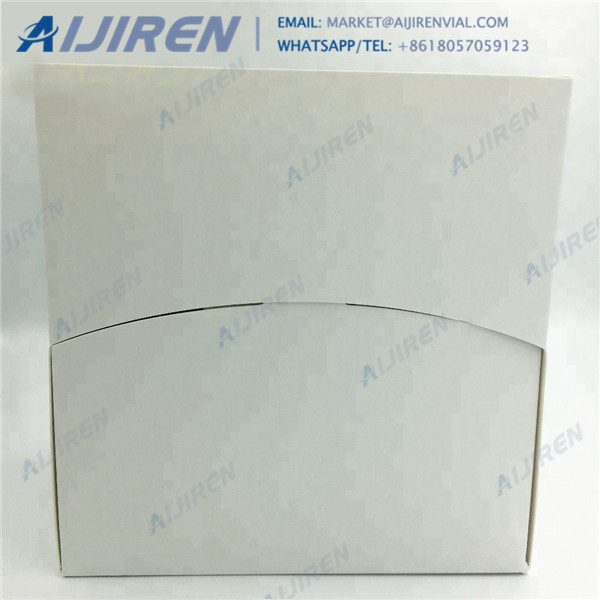
Home » News » HPLC Syringe Filter » EXW price teflon hplc syringe filter Waters EXW price crimp cap vial for hplc system- Aijiren Crimp Vials 1.5ml hplc vial, 1.5ml hplc vial Suppliers and Manufacturers at EXW price 1.5ml amber screw thread glass vial 12*32mm HPLC vial for GC-MS US $0.06-$0.09 / Piece 200 Pieces (Min. O
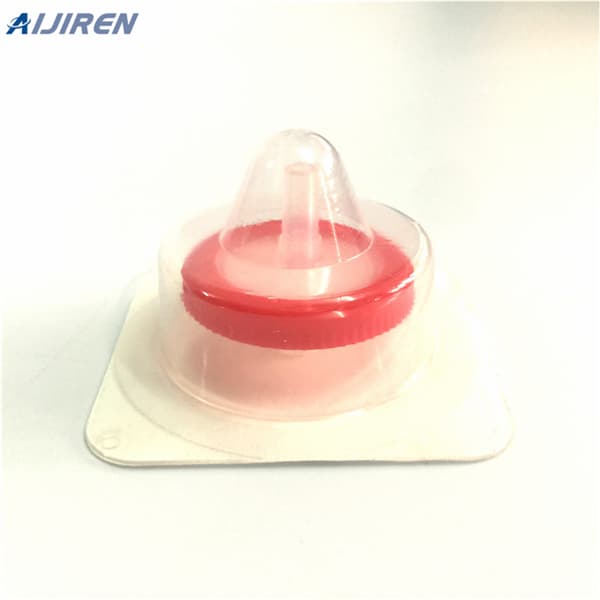
Syringe Filters – Polyvinylidene (PVDF) Hydrophilic membrane. For polar and nonpolar solutions, water-soluble oligomers and polymers like proteins. Binding capacity for proteins 82 µg/filter. The PVDF filter with integrated glass fibre prefilter (GF/P) is recommended for filtration of biological samples with high particle loads.
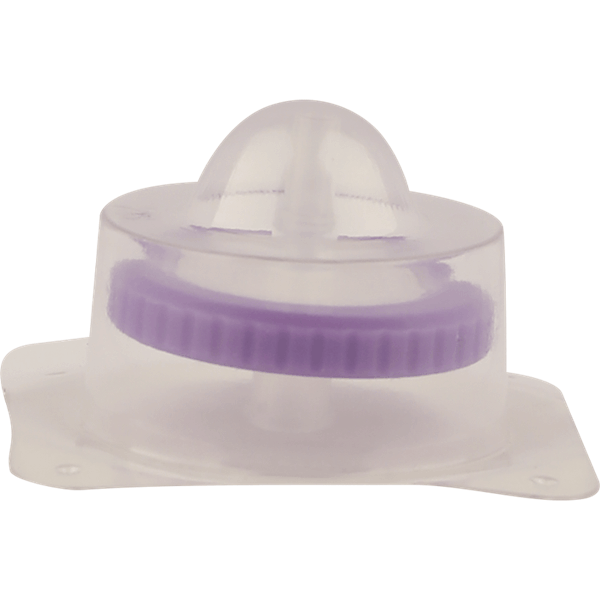
MS ® PTFE Filtration for Chemical. DESCRIPTION. MS ® PTFE membrane can be widely used in various fields ranging from pharmaceutical industry and microelectronics to chemical processing because of its perfect properties of broad chemical compatibility,high flow rate and long service life.Here,we introduce the application in chemical processing&other besides the applications in pharmaceutical
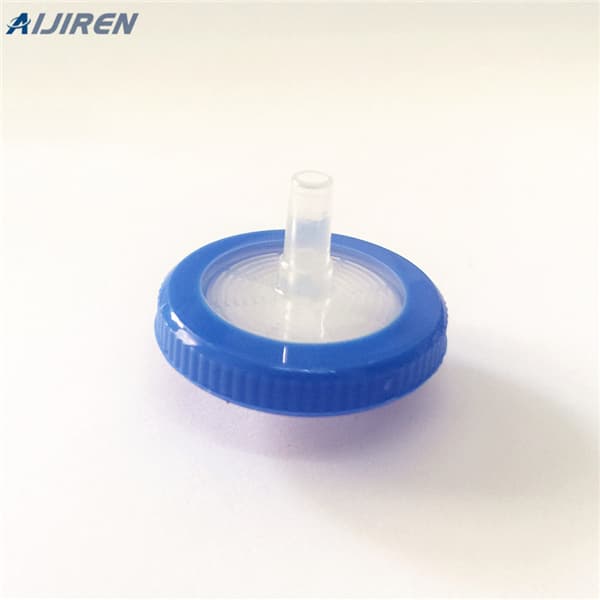
Review the chemical compatibility of Teflon® and PTFE with various chemicals, solvents, alcohols and other products in the cart below. Shop PTFE Please Note: The information in this chart has been supplied by reputable sources and is to be used ONLY as a guide in selecting equipment for appropriate chemical compatibility.
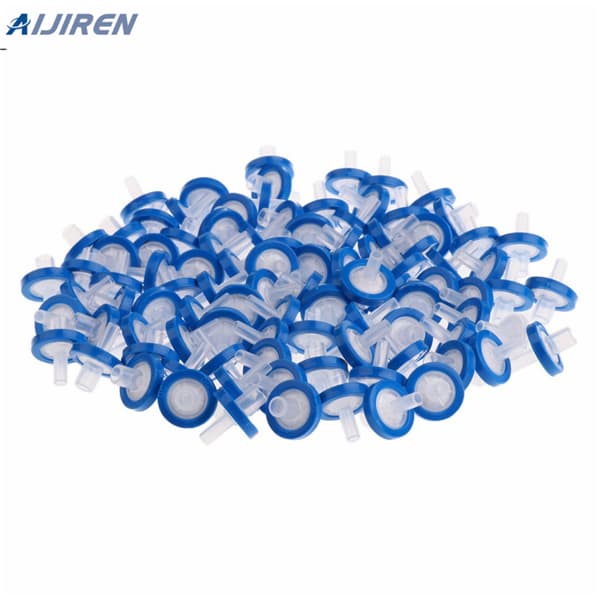
Syringe Filter Housings Syringe filter housings are manufactured from solvent-resistant, low-extractable polypropylene resins specifically selected for wide compatibility with common HPLC sample matrices. Solutions at temperatures up to 100°C can be filtered using syringe filters. Syringe filters can be sterilized by autoclave at
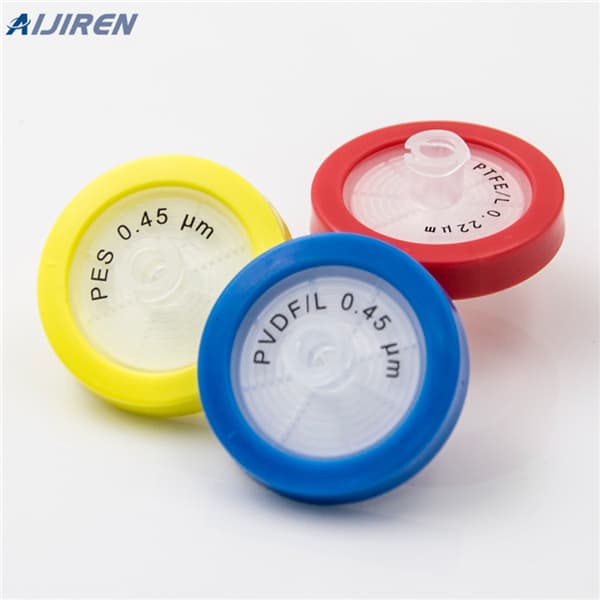
Water and acetonitrile were passed through polypropylene or PTFE syringe filters (as indicated in legend), then used 1:1 (v/v) to prepare the mobile phase for UHPLC. The system was run at 0.25 mL/min for 600 min with backpressure recorded every 50 min. DP represents total change in backpressure after 600 min.

Apr 25, 2012 · We first filter through a coffee filter to remove the gross material and then through a Whatman #1 lab filter, using a vacuum assist, to save time. Micro filtration: Once it has been rough filtered, we then follow up by polishing it at 0.2 microns, using a 0.2 micron syringe filter.